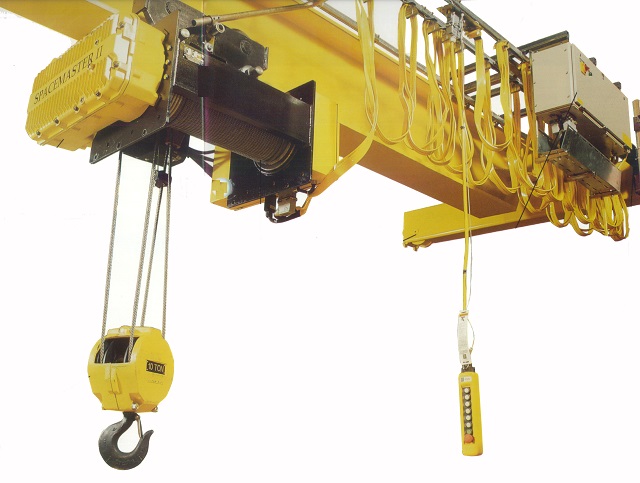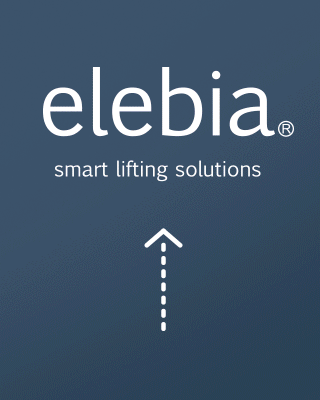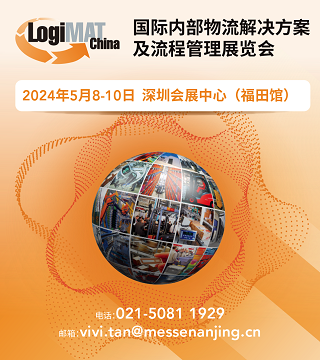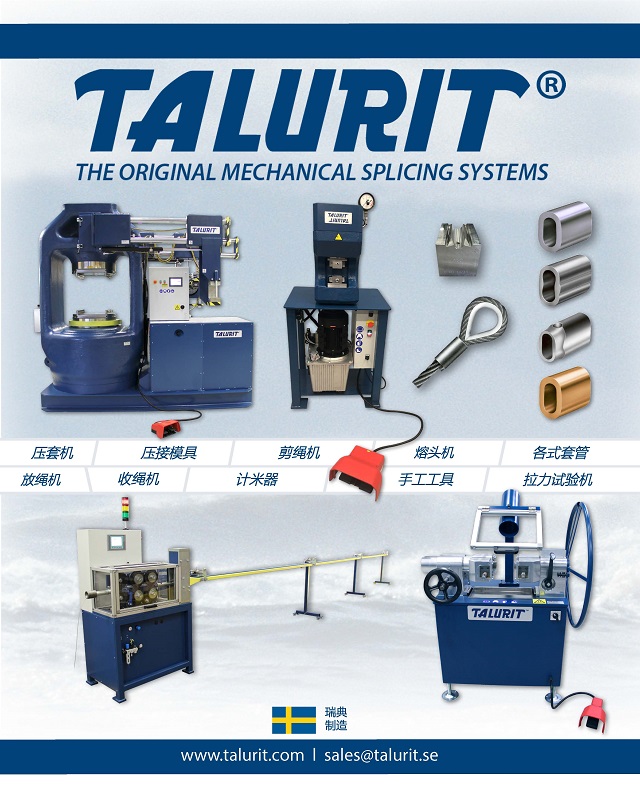by Geoff Holden, chief executive, LEEA (Lifting Equipment Engineers Association)
Overhead cranes typically serve a long working life, with the majority now designed to operate for between 10 and 20 years. Ultimately, however, all will reach a point at which they are no longer safe to use. In conjunction with periodic maintenance and thorough examination programmes, employers therefore need to ensure effective procedures are in place to identify and assess the critical components that will degrade over the crane’s design life – and replace them before they become a risk to health and safety. Unfortunately, there is clear evidence that a number are failing to do so, with reports on crane failures regularly citing age-related issues as the root cause. For employers, the good news is that an effective monitoring programme will dramatically reduce the risk of such incidents occurring. Furthermore, practical and authoritative guidance is readily available in the shape of the standard BS ISO 12482: 2014 Cranes – Monitoring for crane design working period.
An intended lifespan should be established at the design stage of every new crane, based on the expected operating conditions. The information shared between the buyer and manufacturer to enable this will include the total number of working cycles to be carried out, the load spectrum, and the average displacements. In very simple terms, a working cycle comprises one complete lifting operation. The load spectrum represents the number of times a load of a particular magnitude is lifted in relation to the rated crane capacity; this ranges from cranes which will usually hoist very light loads and the rated load very rarely, to cranes which regularly handle close to their rated load. Average displacement is based on an estimate of the total number of revolutions or cycles of moving components, such as wheels or shafts in drive systems. From all this data, it is possible to establish a classification for the crane, and then design it for the intended lifespan. Another international standard, ISO 4301 – 1: 2016 Cranes – Classification provides manufacturers and buyers with a common framework and reference for this entire process.
Obviously all such calculations are based on a series of assumptions as to how the crane will actually be used in the real world. Over the course of several years it is possible, even probable, that the demands placed upon it will change. In practice, this means that the operational life of the crane becomes an unknown variable. And even if the initial design assumptions are followed in practice, it should always be remembered that the operational life defined by the manufacturer is an estimate, not a certainty. It should also be borne in mind that, in many cases, it will be virtually impossible to spot signs of ageing such as metal fatigue or loss of material due to wear in tear. As a result, estimating the life of the critical components – and replacing them when this point is reached – is usually the most sensible approach.
When all these factors are taken into account, the importance of implementing a monitoring system becomes clear. Fortunately, support can be found in the aforementioned BS ISO 12482. This sets out in detail the measures needed to track age-related issues, allowing action to be taken before failure occurs. However, the standard stresses that monitoring must always be seen as complementary to both the periodic thorough examination of lifting equipment, and the routine maintenance specified by the manufacturer. In the UK, LOLER (Lifting Operations and Lifting Equipment Regulations) sets out the legal obligations for employers regarding periodic thorough examination by a competent person. Over recent years, an increasing number of companies working in other parts of the world have also chosen to adopt this legislation as best practice and, whatever the regulatory environment, it should be regarded as an essential element of any safe lifting programme. To help employers identify genuinely competent staff, in 2009 LEEA launched its TEAM card scheme. Crucially, TEAM cards are only issued to employees of LEEA member companies that have passed the association’s industry-recognized Diploma examination for personnel responsible for thorough examination of lifting equipment. Furthermore, they are supported by a log-book summarising the card holder’s relevant work experience, and all the details can be verified online at www.leeaint.com.
In common with thorough examination and maintenance of lifting equipment, monitoring for age-related issues is a specialist task requiring specialist skills and experience. It is important to ensure that the personnel responsible have the necessary competencies. Employers seeking to establish robust protection against crane failure should also consider the merits of the wide range of monitoring systems now available on the market. Such solutions are not just an option on new equipment – they can also be retro-fitted to existing cranes. Sensors typically feed data back to a central software package to provide a comprehensive and continually updated record of the operating conditions the crane is being subjected to. Invaluable information is therefore readily accessible, helping to guide decisions on whether crane components have reached the end of their safe working life.
In challenging economic times, it is understandable that hard-pressed employers are unlikely to welcome further requirements as regards their lifting equipment. However, on-going monitoring of cranes for age-related problems is much more than just a health and safety ‘box-ticking’ exercise. Companies can – and should – regard such procedures as insurance against the potential human and financial costs associated with sudden and catastrophic crane failure. Equally, they could help avoid the unnecessary expense of replacing perfectly sound lifting equipment before its time is up.





